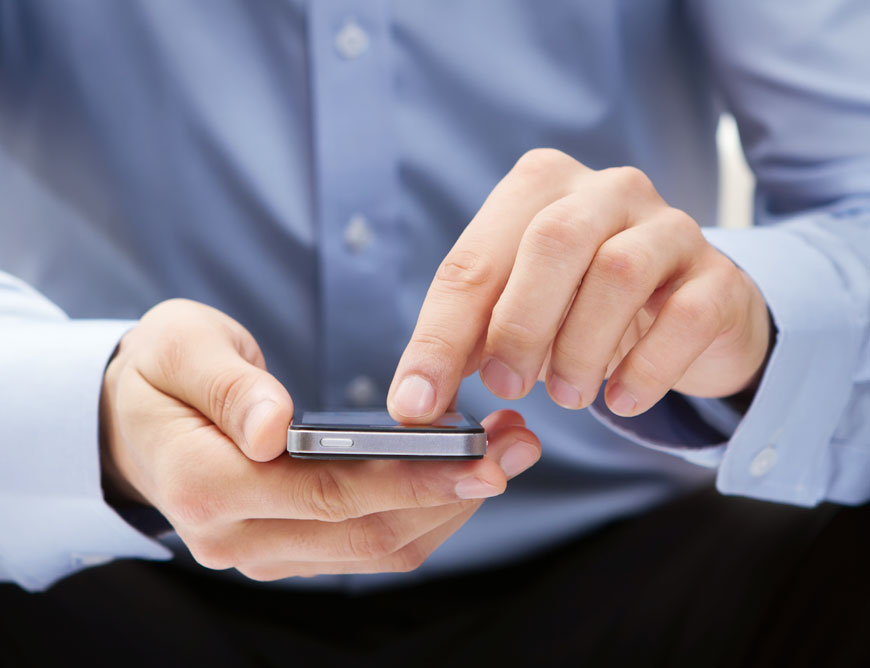Anthropologists credit the practice of surplus farming as the foundation for civilization itself. When farmers created more food than they needed for their own subsistence, labor shifted to other nonagricultural tasks. The food markets that emerged in 10,000 B.C. brought forth a new level of "food convenience," making possible all other professional pursuits.
The first restaurants in 18th century France took food convenience even further; patrons could consume prepared consommés without having to take time to prepare the meal themselves. These kinds of table-service model remain the archetypal restaurant. Yet far more of today's restaurants are limited service in nature with guests collecting their food orders at the counter or at the drive-thru window and consuming the food off-premise (in the car, at work, at home, etc.). The drive thru has reigned supreme as the pinnacle of food convenience for the past 40 years. But a new paradigm shift is emerging as a mighty challenger to the drive-thru service model: food on-demand.
Food on-demand was enabled by the near simultaneous digitization of restaurant operations and the digitization of restaurant guests. Now that restaurant operations are digitized through point-of-sale (POS) systems, kitchen display systems (KDS), bump bars, and the like, we can coordinate the manufacturing of a complex, made-to-order meal like a symphony conductor. And now that restaurant guests have always-on, portable, location-aware, web-enabled, supercomputers in their pocket at all times (i.e. smartphones), we can allow them to review the real-time restaurant menu, build a highly-customized order, pay, and schedule a desired pickup time from anywhere.
Digital ordering serves as the synapse between digital restaurant guests and digital restaurant operations, removing all friction from the ordering transaction itself. The resulting service model—food on-demand—means that restaurants can serve multiple guests in parallel (i.e. parallel processing), instead of serving one guest at a time (i.e. serial processing) in line at the counter or in line at the drive-thru speaker box.
There's good reason to believe that the drive-thru service model does not represent peak convenience. As QSR editor Sam Oches commented in the magazine’s 2014 Drive Thru Performance Study, "Last year, though, the narrative on speed of service in the drive thru took a big U-turn. The overall average speed of service across the benchmark group slowed down about eight seconds over the previous year, to 180.83 seconds, and operators said menu complexities and the push toward premium items were responsible."
The same study revealed that average drive-thru accuracy was just 86.6 percent. Food on-demand avoids the one-guest-at-a-time bottleneck by enabling the guest to order from his own device and "skip the line" at the counter or at the curbside for pickup. Food on-demand also avoids the inaccuracies caused by low-fidelity audio equipment as well as misunderstood and miskeyed orders, by sending the order digitally, from consumer to kitchen. These improvements lead to happier guests, who enjoy faster and more accurate orders, and more profitable operations, which enjoy greater throughput capacity and fewer remakes.
Beyond a better end-to-end experience for the guest and operator, food on-demand can engage new parties that further improve food convenience. Take, for example, on-demand delivery providers. By digitizing ordering and operations, brands can also coordinate a third-party on-demand delivery courier to collect the order at the precise order ready time, collect the order at curbside without having to leave the car, and transport that order directly to the guest, while providing full order status and location tracking to all parties. Such digital coordination will allow all restaurants—not just pizza chains with their own delivery fleets—to take part in the on-demand delivery wave that is sweeping the nation, not just its capital cities.
Let me be perfectly clear; I am not saying that drive-thru is going away entirely, despite its relative inconvenience and low accuracy. Other frontiers of food convenience like food markets and table-service restaurants have each retained a significant proportion of the American food dollar. However, I am strongly suggesting that we will witness the decline of drive thru's share of the food dollar, as the more convenient and more accurate food on-demand paradigm of food convenience takes hold. Restaurant brands that have never before been able to compete with drive-thru competitors on food convenience now have the opportunity to leapfrog the drive-thru paradigm and go straight to food on-demand. And drive-thru brands with the most shares to lose would be well-served to add food on-demand to their service models.
The on-demand consumer will demand it.











